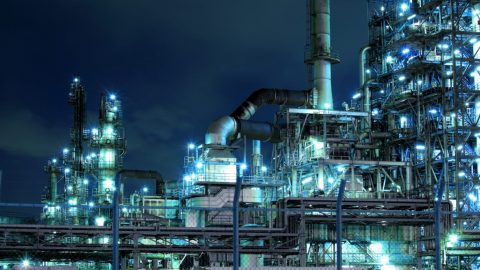
When a competitor lowers your company’s value by offering products and services at a lower price, then the people who need to worry should be your sales team. It will be difficult to determine how these effects affect your customer base, but providing feedback requires identifying the risks you may face. In some cases, company leaders are often too focused on traditional rivals without even paying attention to potential new competitors.
In 2018, Amazon spent $ 28 billion on shipping, but its core members spent $ 119 annually on a free shipping service and a 2-day delivery guarantee. A significant proportion of these members are non-profit customers; These customers place thousands of orders every year and return most of the items they have ordered. How does Amazon maintain these types of purchases without the cost of consumer spending or brand profits shrinking?
Earlier this fall, UPS received a full 135 certificates for an American Transportation Commission (DOT) drone transport company. This shipping company has beaten many other competitors, including giants like Amazon or Google, to get certified in air transport. UPS can now ship goods throughout the United States during the day, and by night will be approved and accompanied by the Federal Aviation Administration (FAA).
Nearly 2.25 billion cups of coffee are consumed in the world every day, making coffee the world’s second most traded commodity after gasoline. Starbuck serves nearly 11 million cups of coffee, which comes from a chain of 28,000 stores in 75 countries worldwide. How does their supply chain meet this ever-increasing demand?
The rules of international trade in goods exchange, along with the management of supply chains, are changing quickly beyond previous forecasts. No one can be sure how either Trump or Xi will take the next steps, or the next day the two will cooperate or become rivals. The economy is preparing for complex changes in US-China relations in the future.
Application industries, such as 3D printing or 4D, are being developed to become one of the hottest industries of the time. Regardless of whether used for prototype printing or manufacturing, the additive method – especially 3D printing – has revolutionized the way manufacturers design, develop and manufacture products and parts.
Productivity and Quality Office